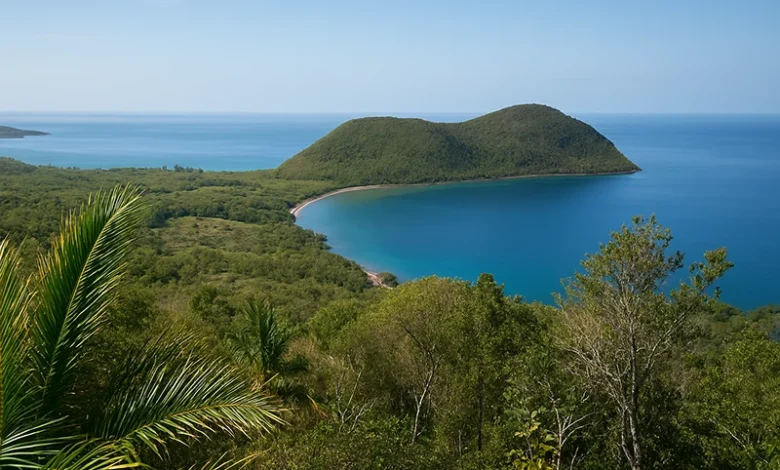Coastal Woodlands of Dominica

The Coastal Woodlands of Dominica form a vital ecological buffer along the island’s coastline, blending mangroves, dry coastal forests, and scrub vegetation into dynamic ecosystems that support biodiversity, protect communities, and sustain traditional livelihoods.
Mangrove Ecosystems
Mangroves are vital coastal habitats found in select areas of Dominica. Dominated by species such as Avicennia marina (white mangrove) and Laguncularia racemosa (black mangrove), these ecosystems serve as nurseries for marine life, protect shorelines from erosion, and act as significant carbon sinks. Despite their importance, mangroves in Dominica are limited and face threats from coastal development and climate change.
Dry Coastal Forests and Scrub Woodlands
Beyond mangroves, Dominica’s coastline features dry coastal forests and scrub woodlands. These areas are characterized by drought-resistant vegetation adapted to the saline and arid conditions near the sea. They provide habitat for various terrestrial species and contribute to the island’s rich biodiversity. Notably, the Cabrits National Park was established to protect one of the island’s largest tracts of dry coastal forests, preserving its unique flora and fauna.
Conservation Efforts
Recognizing the significance of these coastal woodlands, Dominica has initiated conservation projects aimed at enhancing the resilience of local communities and ecosystems in coastal zones. These efforts are vital for tackling climate change, supporting local livelihoods, and protecting communities from environmental challenges such as saline intrusion and sea-level rise.
Dominica’s coastal woodlands are integral to the island’s environmental health and cultural heritage. Preserving these ecosystems ensures the protection of biodiversity, supports sustainable livelihoods, and enhances the island’s resilience to climate-related challenges.




